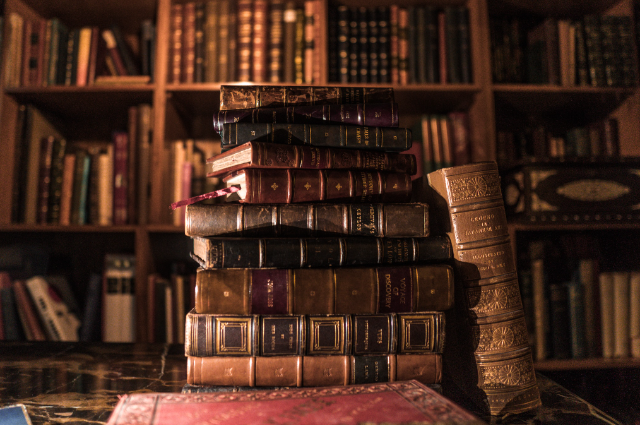
Photo by Prateek Katyal on Unsplash
Literature:
If you know about the history of early British literature society, how their people lived, and at that time what issues faced people, what kind of ideology people, or if you can say that literature is a good source of knowledge about society, we must read literature.
Many of the writers flourished in the 17century to 18th centuries, in this decade many poets an approachable and user-friendly scholarly guide to the literature, criticism, and history of the politically volatile and culturally rich Romantic era (1789–1832) is a Key Concept in Romantic Literature. The book provides a thorough and critically current overview of the intriguing plays, poems, and novels that defined the Romantic era in addition to a historically accurate assessment of the significant social, political, and artistic conditions that influenced that corpus of work. During this period, many common people freely raised their voices, and many metaphysical poets came or entered, metaphysical poets always said the truth in their poems.
Stands out as a pivotal time. Many poets we get some name here like Geoffrey Chaucer, William Shakespeare, John Milton, John and Andrew Marvel and many more reformed through openly writing about the political, economic, and social. There are many writers who were inspired by the French Revolution, influenced by the winds of change blowing across Europe, especially the French Revolution. This essay will examine how these well-known poets and authors were able to capture the spirit of their culture
Unrest in Politics and the Economy:
There were found in political and economic shifts in the late 17th and early 18th centuries that had a lasting impact on society. Inspired by writers such as Chaucer and his evocative depiction of medieval England, the Romantic poets wrestled with the intricacies of these shifts in their compositions. William Blake, renowned for his prophetic poetry, questioned how industrialization dehumanizes.
Social Reform and Changes:
Building on the Renaissance's impetus, the Romantic poets addressed the societal shifts of their day. Shakespeare, a timeless literary great, wrote plays like "Hamlet" and "Romeo and Juliet" that tackled the complexities of social conventions and human relationships. The so-called Elizabethan Age saw a rise in the importance of regular people's voices in literature, reflecting the
Romantic authors espoused autonomy and strove to elude the limitations of conventional wisdom. The books "Frankenstein" by Mary Shelley and "Pride and Prejudice" by Jane Austen both address the conflict between personal aspirations and social norms. During this revolutionary era, these books provide windows into the changing dynamics of class, gender, and morality.
Truth and Metaphysical Poetry:
Metaphysical poetry experienced a comeback during the Romantic era when authors like Andrew Marvell and John Milton attempted to use their poetry to communicate universal truths. While Marvell's "To His Coy Mistress" explored the ageless concept of carpe diem, encouraging readers to relish the moment, Milton's epic poem "Paradise Lost" struggled with profound philosophical and spiritual
In Conclusion:
The dynamic interaction between society and art was shown by the Romantic Age of English literature, which was written about by authors such as Chaucer, Blake, Shakespeare, Milton, Donne, and Marvell. In addition to capturing the spirit of the political, social, and economic issues of their day via their writings, these great authors also helped to shape the beliefs of society. Through an exploration of the poetry of the Romantic era, we will uncover the themes that bind us to a pivotal time in history. These themes include Chaucer's "The Canterbury Tales," Blake's "Songs of Innocence and Experience," Shakespeare's classic plays, Milton's "Paradise Lost," Donne's philosophical poetry, and Marvell's captivating verses. Here, literature takes on the role of a mirror, illuminating the intricacies of a time and reflecting the spirit of society. Illuminating the nuances of a time of change, reform, and the unwavering search for authenticity and truth.
